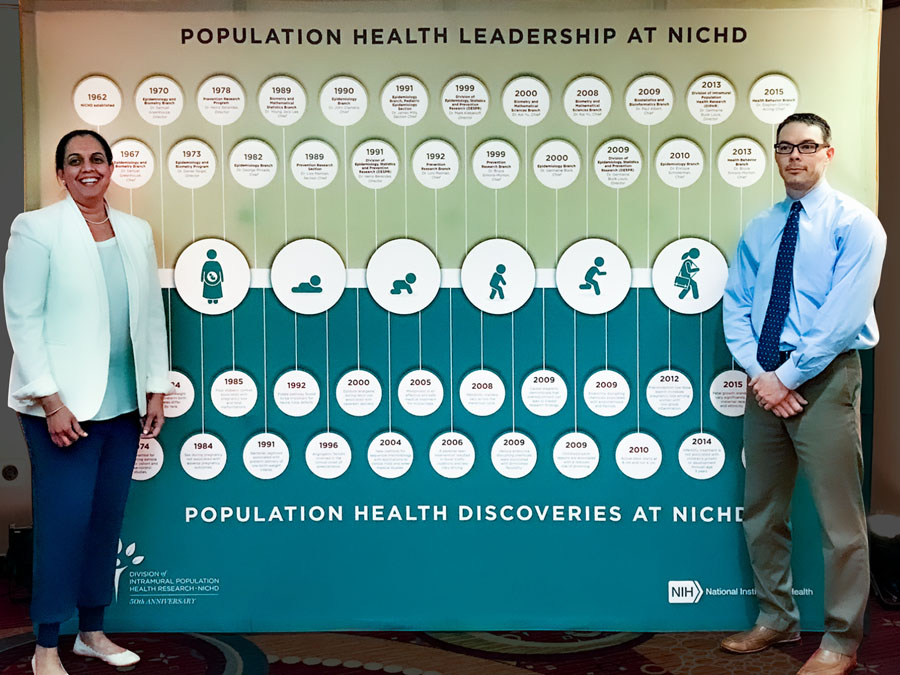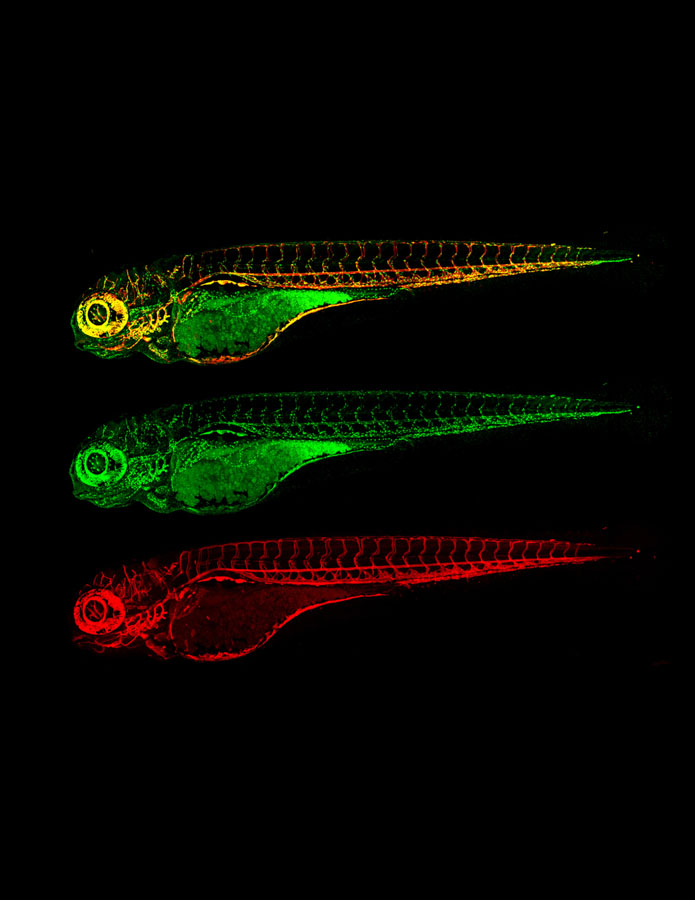An accountable organization looks for opportunities to excel, drive decisions through careful analysis, and encourage responsibility and performance. NICHD will enhance its ability to manage for results, develop its workforce, and encourage excellence in performing administrative responsibilities. These goals will help NICHD adapt rapidly to changing needs and requirements.


Promoting Workforce Development and Balance
To advance science, the NICHD workforce needs resources and training to ensure it has the knowledge, skills, and technologies needed to support its activities. The institute will enhance the development of its workforce through initiatives aimed at growing leadership, supervisory, technical, and scientific skills. At the same time, NICHD will preserve institutional knowledge by developing policies and standards to ensure continuity of operations and programs. Innovative approaches to encouraging career development, empowering and valuing staff, retaining expertise, and rewarding outstanding performance will be a focus for NICHD over the next five years.
Ensuring Infrastructure Innovation
NICHD must ensure that its infrastructure is responsive to the needs of its programs and staff. To accomplish this goal, efforts must focus on effective stewardship of existing resources, anticipation of potential needs of the NICHD workforce, and leveraging ongoing efforts throughout NIH aimed at enhancing common infrastructure.
Improving Administrative Efficiency


NICHD aims to improve and streamline administrative management and processes while retaining accountability and quality of service. These efforts will transform the institute into a learning organization that anticipates change, adapts rapidly to organizational needs or government mandates, and leverages data to drive decision-making processes.
Advancing Enterprise Risk Management
NICHD will continue to evolve its risk-management program to ensure appropriate assessment of internal and external risks in an increasingly complex biomedical research environment. Working with NIH leadership, NICHD will continue to evaluate its administrative, operational, and scientific programs and develop standardized procedures to ensure appropriate management. NICHD will also use opportunities to proactively adapt risk-management procedures when confronted with emerging, unanticipated issues.
 BACK TO TOP
BACK TO TOP